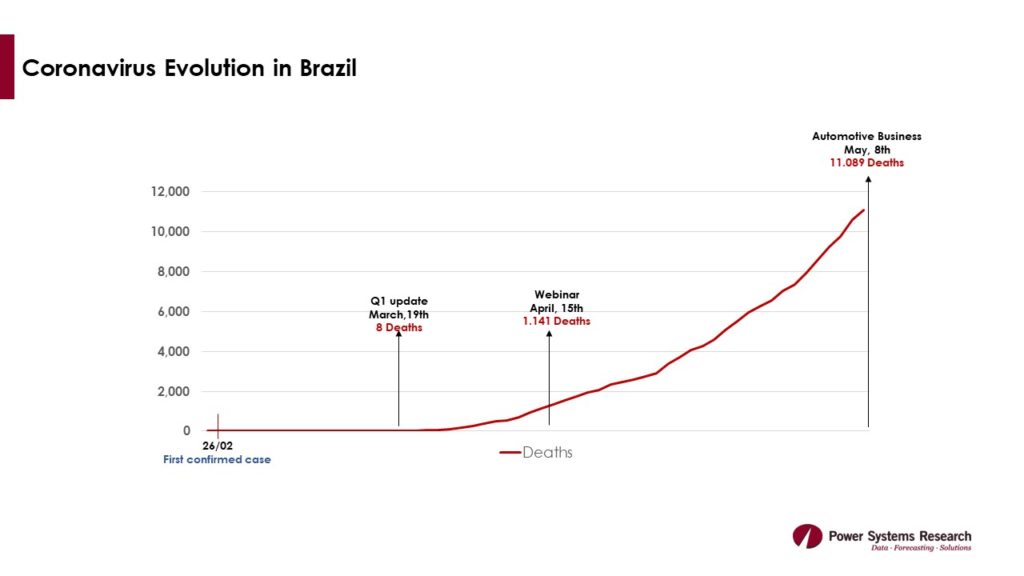Russia: KAMAZ Tests Driverless Trucks in Arctic
KAMAZ driverless trucks have been tested in the Eastern-Messoyakh oilfield in the Nenetsky region. The vehicles were driven 2,500 kilometers without accidents.

The joint project of Gazpromneft and KAMAZ was put together with support of region authorities in difficult climate conditions beyond the Polar Circle. The main target of tests was to determine the efficiency of driverless trucks, which would increase safety of cargo transportation and optimize supplies to territories with difficult access.
During the tests, the driverless trucks showed high potential to move on pre-set routes with high accuracy, to exchange information via duplicated communication systems, to recognize obstacles and forecast movements on actual environment.






